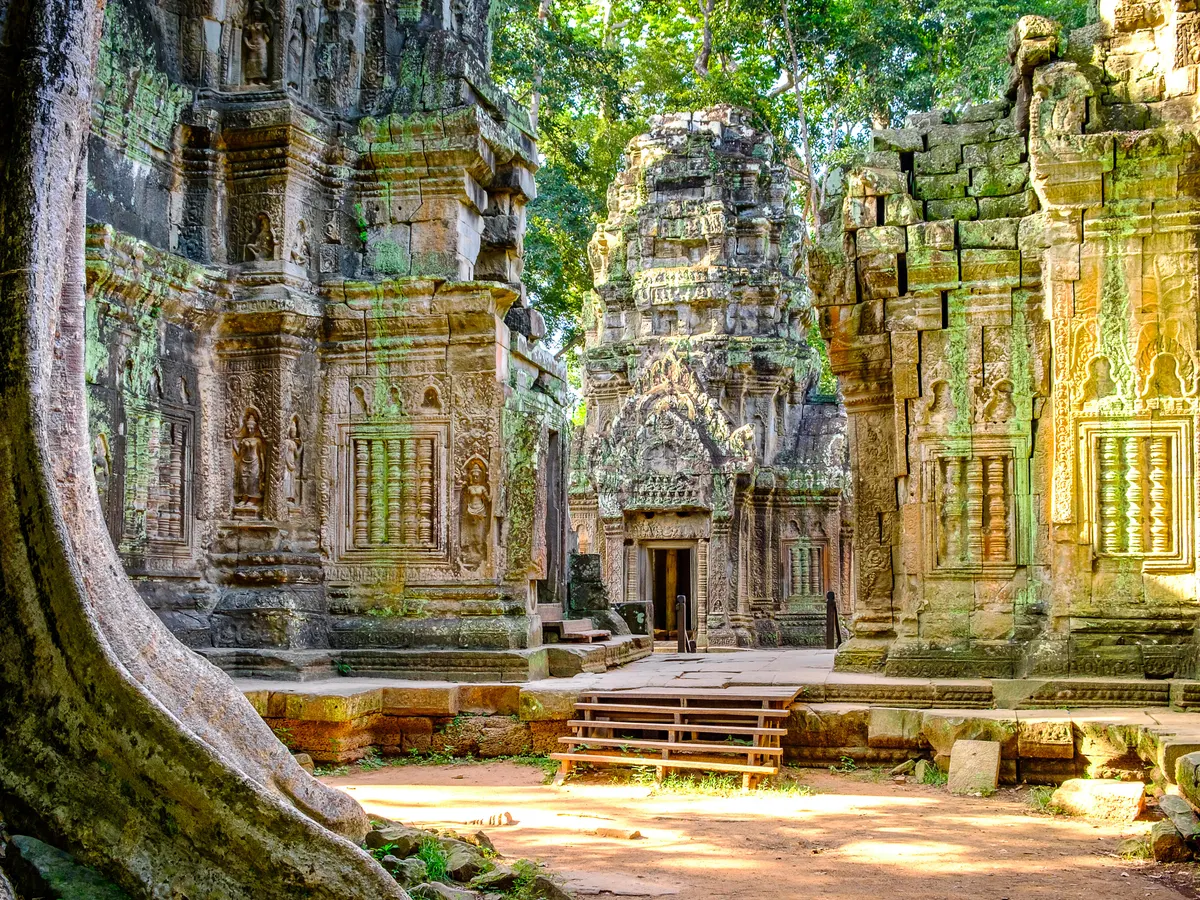Deep within the Amazon rainforest, researchers have unearthed the remains of an ancient city, challenging previous notions about the region. The surprising discovery of a city surrounded by lush greenery has reshaped our understanding of the Amazon.

This city’s ruins are associated with the structures and canals of eastern Ecuador, nestled in the shadow of a volcano with exceptionally fertile soil. The city likely met its demise due to volcanic activity.
Contrary to the prior belief that Amazonian people were nomadic, living in small groups, this finding suggests a more complex narrative. Professor Stéphane, leading the study from France’s National Center for Scientific Research, highlighted that this city predates any other known Amazonian site. This challenges the Eurocentric view of civilization, urging a shift in our perception of Amazonian culture.
Co-author Andtime Donnen noted how this discovery alters our perspective on Amazonian culture, debunking the notion of a small, primitive population. The city’s construction dates back around 2500 years, and archaeologists estimate its occupation spanned a millennium, with a population ranging from 10,000 to 100,000 inhabitants.
Excavations, facilitated by laser sensors, covered areas up to 300 square feet, revealing intricate canal systems that once supplied ample water to the city. While the city’s existence was initially discovered in the 1970s, it has taken 25 years to conduct a comprehensive survey, exploring previously unexamined areas. Ongoing efforts aim to uncover more secrets hidden within the depths of the Amazon forest.
Leave a Reply